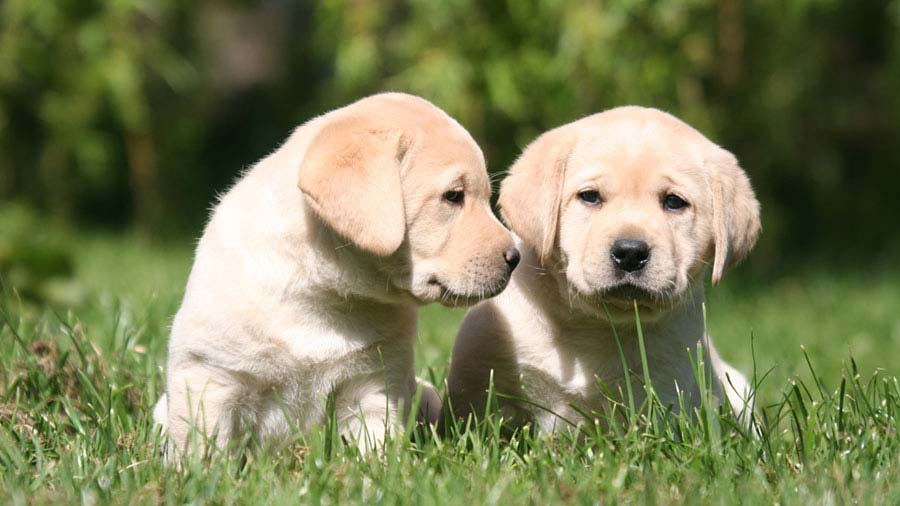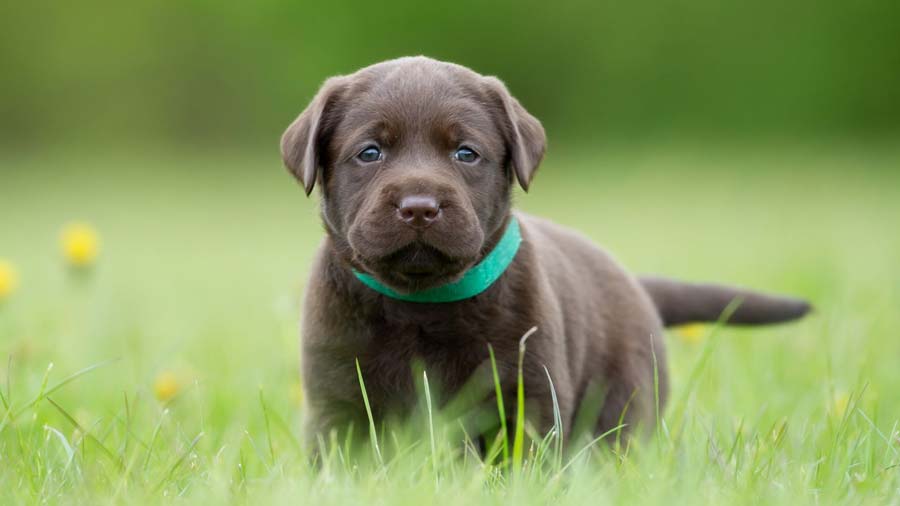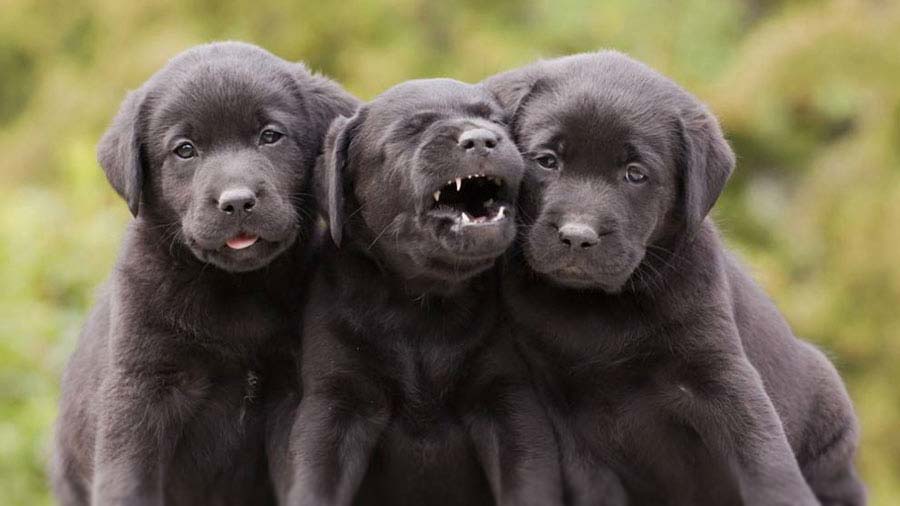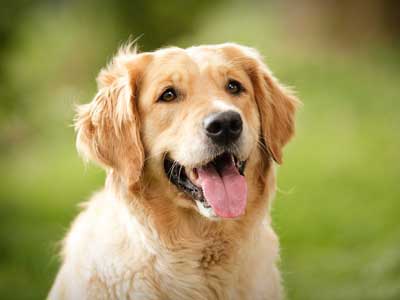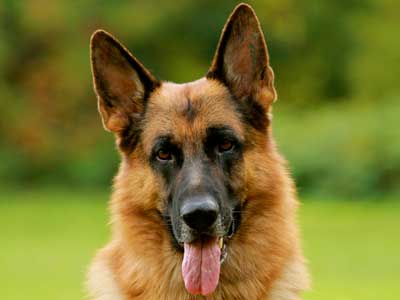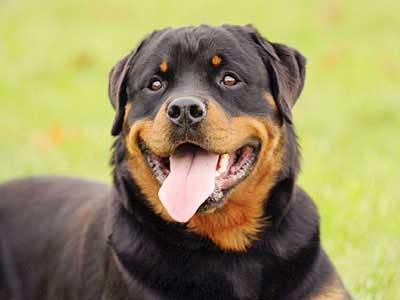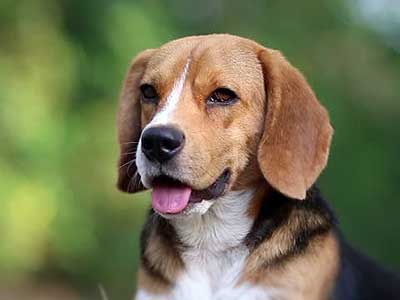Labrador Retriever
Breed Information |
|
|---|---|
| Popularity |
2022: #2 2021: #1 2020: #1 2019: #1 2018: #1 2017: #1 2016: #1 2015: #1 |
| Name | Labrador Retriever |
| Other names | Labrador, Lab |
| Origin |
|
| Breed Group |
Sporting (AKC:1917) Gun Dog (UKC) |
| Size | Large |
| Type | Purebred |
| Life span | 10-12 years |
| Temperament |
Affectionate Alert Cheerful Energetic Friendly Gentle Intelligent Loving Loyal Out-going Playful Responsive Social |
| Height |
Male: 22-24 inches (56-61cm) Female: 21-23 inches (53-58 cm) |
| Weight |
Male: 60-75 pounds (27-34kg) Female: 55-70 pounds (25-32 kg) |
| Colors |
Black Chocolate Yellow |
| Litter Size | 5-10 puppies |
| Puppy Prices |
Average $800 - $1500 USD Labrador puppies coming from the normal breeding farms regularly cost from $800 to $1500. These puppies usually have ordinary genealogy and have more than 95% of breed purity, they are mainly raised as family pets. Lab puppies coming from reputed breeders have much higher price, from about $2500 to $4000. |
Breed Characteristics |
|
|---|---|
| Adaptability |
5 stars |
| Apartment Friendly |
5 stars Labrador Retrievers will do okay in an apartment if sufficiently exercised. They are moderately active indoors and will do best with at least an average-sized yard. |
| Barking Tendencies |
3 stars Occassional |
| Cat Friendly |
4 stars |
| Child Friendly |
5 stars Good with Kids: This is a suitable breed for kids and is known to be playful, energetic, and affectionate around them. |
| Dog Friendly |
5 stars |
| Exercise Needs |
5 stars Labrador Retrievers are energetic dogs, delighted to work and play hard. They need to be taken on a daily, brisk, long walk, jog or run alongside you when you bicycle. They will be in their glory if you give them a job to do. Gain weight easily, do not over feed. |
| Grooming |
1 stars Low Maintenance: Labs are easy-care dogs who don’t need lots of fancy grooming, but there are a few important things to know about their care. |
| Health Issues |
3 stars Hypoallergenic: NoIn 2014, the UK breed survey reported an average lifespan for the Labrador Retriever of 12 years and 3 months, with some living up to 19 years of age. Labrador pups generally are not brought to the home before they are 8 weeks old. It is a healthy breed with relatively few major problems. Notable issues related to health and well-being include inherited disorders and obesity. |
| Intelligence |
5 stars Ranking: #7 Full Ranking ListThe steady temperament of Labradors and their ability to learn make them an ideal breed for search and rescue, detection, and therapy work. They are a very intelligent breed. They are ranked # 7 in Stanley Coren's The Intelligence of Dogs. The AKC describes the breed as an ideal family and sporting dog. Their primary working role in the field continues to be that of a hunting retriever. |
| Playfulness |
5 stars |
| Shedding Level |
3 stars Moderate and Seasonal Shedding: Expect this dog to shed regularly. Be prepared to vacuum often. Brushing will reduce shedding as well as make the coat softer and cleaner. |
| Stranger Friendly |
5 stars |
| Trainability |
5 stars Easy Training: The Labrador Retriever is known to listen to commands and obey its owner. Expect fewer repetitions when training this breed. |
| Watchdog Ability |
3 stars |
Labrador Retriever Names |
||
|---|---|---|
| Rank | Boy Names | Girl Names |
| 01 | Bailey | Bella |
| 02 | Riley | Lucy |
| 03 | Lucky | Maggie |
| 04 | Jake | Chloe |
| 05 | Toby | Bailey |
| 06 | Oscar | Lola |
| 07 | Buster | Coco |
| 08 | Louie | Missy |
| 09 | Harley | Abbie |
| 10 | Sammy | Stella |
| 100 Cute Puppy Names › | ||
Overview |
|---|
|
The Labrador Retriever is a medium to large-sized, short-coupled, powerfully-built dog with a short, dense, water-resistant coat; small, drop ears; and a short, thick otter-like tail carried level with the back or with a slight upward curve. The length of body is equal to or only slightly longer than the height at the withers, and the distance from the elbows to the ground is equal to one-half the height at the withers. Balance, outline, intelligence, temperament and movement are of overriding importance. The Labrador Retriever is a breed of moderation, thoroughly sound, and willing and able to do its work. The Labrador Retriever is a dog without exaggeration, so light, weedy dogs; long, low-stationed dogs; and cloddy, lumbering dogs are to be equally penalized. The Labrador Retriever should be evaluated as a working gun dog, and exaggerations or faults should be penalized in proportion to how much they interfere with the dog’s ability to work. The Labrador Retriever is an enthusiastic hunter with a good nose and a soft mouth. They excel in all performance activities. Another essential characteristic of the Labrador Retriever is the short, dense, double coat that protects the dog when retrieving from water. The short, “otter” tail is another distinctive feature of this breed. Labrador Retrievers are noted for their excellent temperaments. This breed is friendly, outgoing and eager to please. They are extremely intelligent and easily trained to perform a variety of complex tasks. |
History |
|
The ancestor of the Labrador Retriever was the St. John’s Retriever, a smaller version of the Newfoundland. These dogs were brought to England, probably on fishing boats. Gamekeepers crossed these Canadian imports with various breeds of gun dogs, always striving to improve the breed’s hunting and retrieving instincts. By the middle of the 19th century, the Labrador’s characteristic water-resistant coat and otter tail were already apparent. By the late 1880s, the breed was sufficiently distinctive that “Labrador Retriever” became the generally accepted name of the breed. Originally black in color, the first recorded yellow Labrador appeared in a litter born in 1899. Chocolates were also recorded at about the same time, but never achieved the same level of popularity as the blacks and yellows. Originally bred to retrieve from water, the modern Labrador Retriever has proven to be one of the most versatile breeds, excelling in hunt tests and field trials, in obedience and agility events, and also as service dogs. |
References
- [1] ^ American Kennel Club: Why Are Labrador Retrievers so Popular? Versatility & Temperament
- [2] ^ Rover.com: Golden Retievers vs Labrador Retrievers: Which Dog Is Right for You?
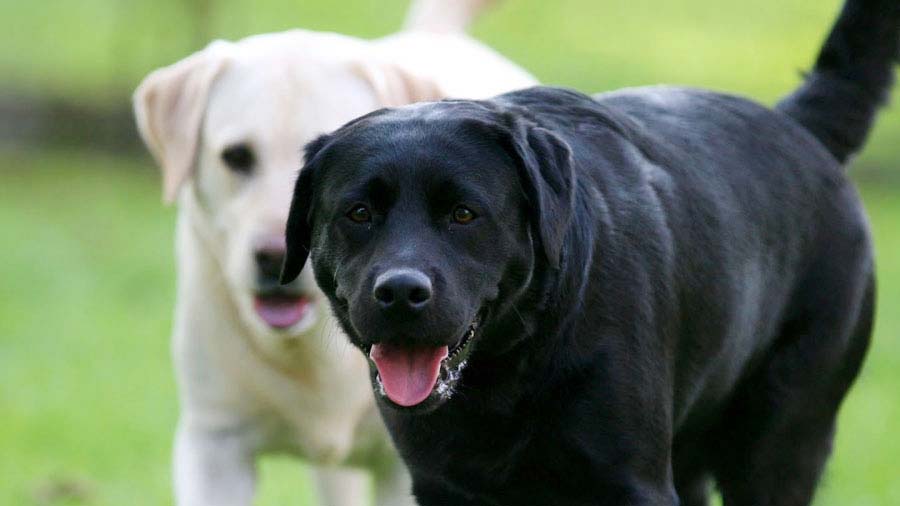
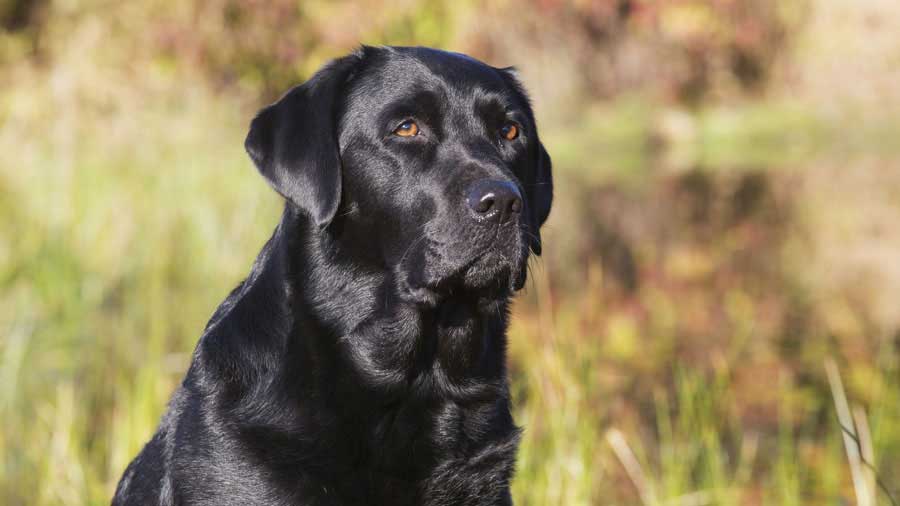
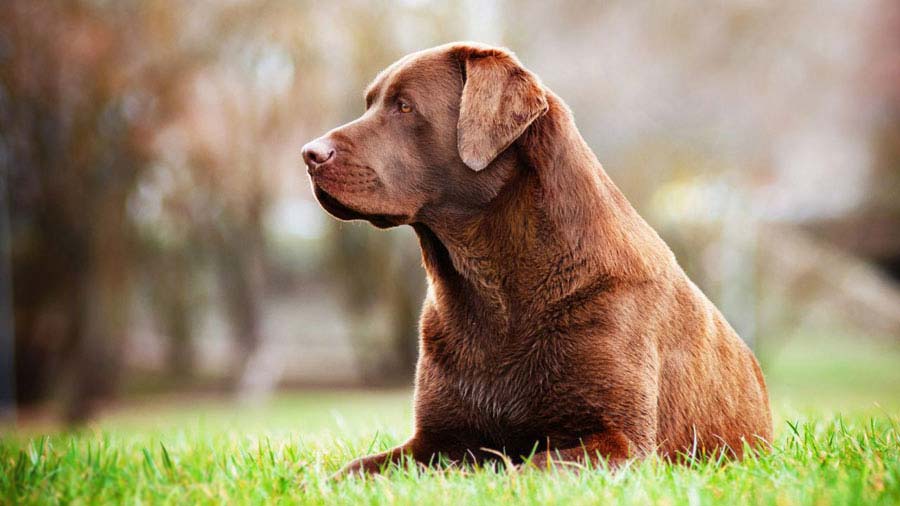
 Canada
Canada United States
United States